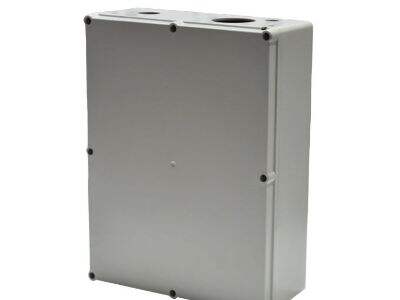Advantages of Using a CNC Machine for Sheet Metal Bending
This accuracy also saves material as the bends are formed exactly to the design requirements. CNC machines are also significantly faster than manual bending, improving productivity and shortening lead times on projects. The company has included CNC machine in the production line which would give quality performance and meets the highest standards for producing electrical enclosures.
Intelligence and the Use of AI (Artificial Intelligence) in Sheet Metal Bending
Through data analysis and on-the-fly adjustments, AI-enabled systems can enhance accuracy and lower production costs. To guarantee that our Electricity enclosure meet the quality specifications of the industries, JHW has purchased top-of-the-line automated sheet metal bending equipment.
Sheet Metal Bending Process for Electrical Enclosures
Sheet metal bending is the plastic deformation of the work over an axis, creating a change in the part's geometry. At JHW, we recognize the need to keep up with sheet metal bending trends in order to maintain efficiency and high-quality for production so today, will discuss common problems when working with sheet metal bending (and how to avoid these issues), the most popular types of Metal Bending Techniques as well as ways we can improve our efficiency with Sheet Metal Bending.
The most common sheet metal bending methods
Bottoming, by contrast, means making the full force of the metal against the die to make a sharp bend. Coining is a precision bending operation which forms part features with a very tight bend radius and the final result provides excellent surface finish. There are different JHW industrial enclosures techniques with their own pros and cons and each is applied as per the specific needs of the project.


